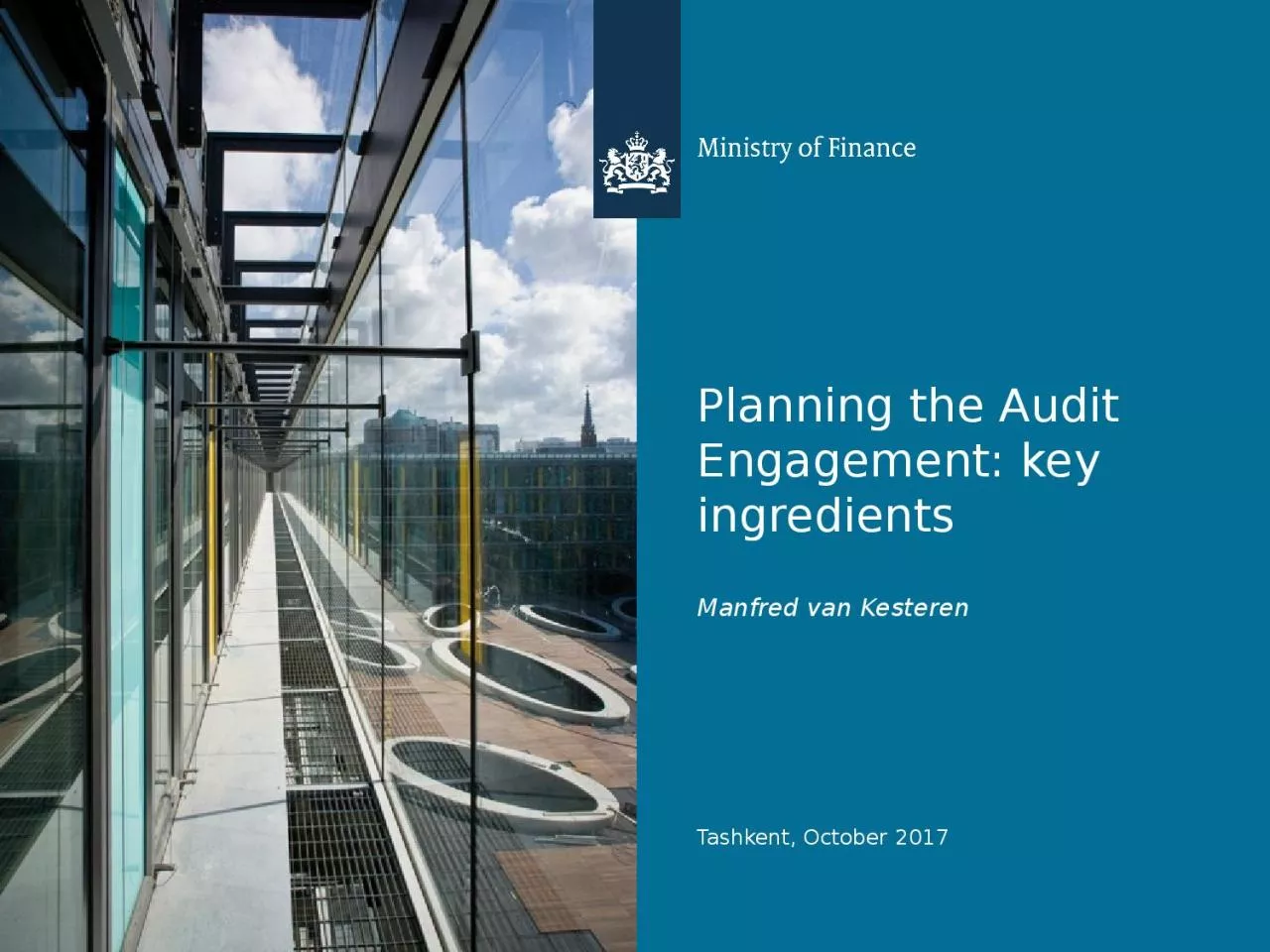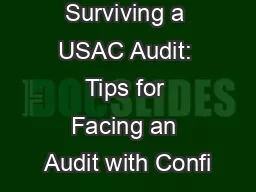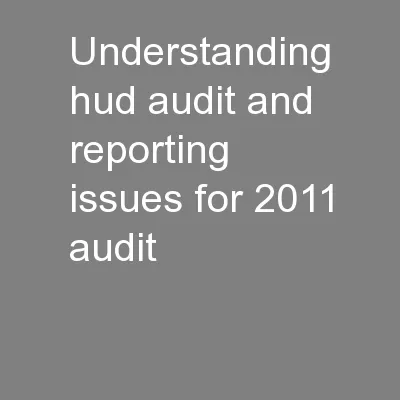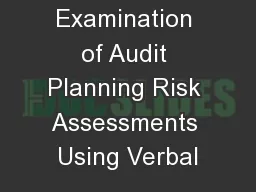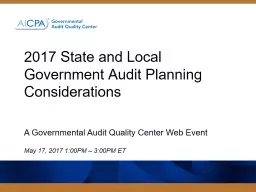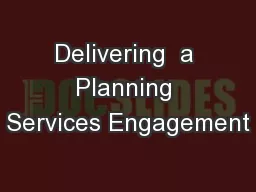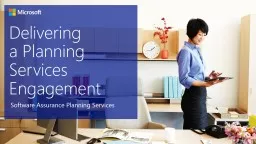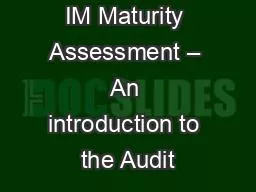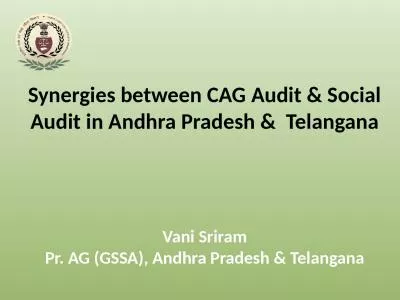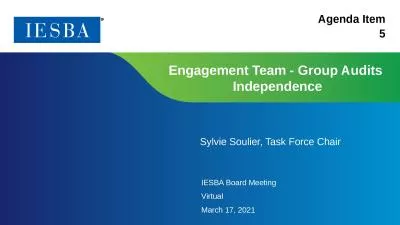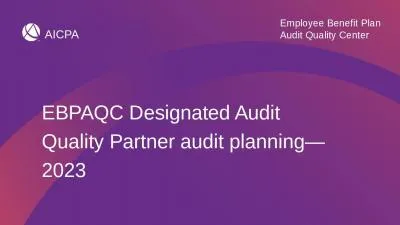PPT-Planning the Audit Engagement: key ingredients
Author : fanny | Published Date : 2024-03-13
Manfred van Kesteren Tashkent October 2017 Planning the audit engagement Planning is part of internal auditings systematic disciplined and riskbased approach and
Presentation Embed Code
Download Presentation
Download Presentation The PPT/PDF document "Planning the Audit Engagement: key ingre..." is the property of its rightful owner. Permission is granted to download and print the materials on this website for personal, non-commercial use only, and to display it on your personal computer provided you do not modify the materials and that you retain all copyright notices contained in the materials. By downloading content from our website, you accept the terms of this agreement.
Planning the Audit Engagement: key ingredients: Transcript
Download Rules Of Document
"Planning the Audit Engagement: key ingredients"The content belongs to its owner. You may download and print it for personal use, without modification, and keep all copyright notices. By downloading, you agree to these terms.
Related Documents

